Research Outcomes: Inspiring Hope
Our St. Baldrick’s Foundation Research Outcomes blogs highlight examples of the progress your donations are supporting. This quarterly edition focuses on promising new treatments for two types of pediatric sarcoma, protecting kids’ brains while treating brain tumors, and the ease of treating retinoblastoma with chemotherapy.
Thank you for making this research possible.
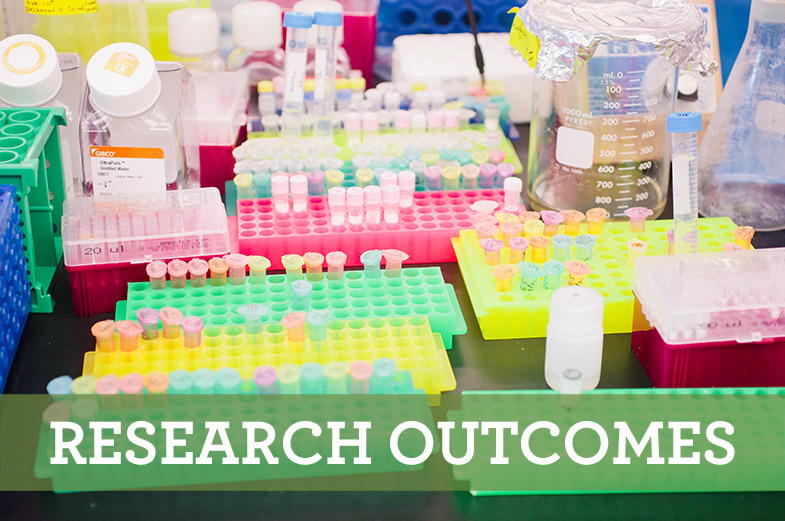
Protecting Kids’ Brains During Radiotherapy Treatment
Radiation therapy is commonly used to treat central nervous system (CNS) tumors in children and adults. While radiation therapy doesn’t usually harm the brains of adults, it can cause serious problems for kids. St. Baldrick’s funded researcher, Dr. Kristopher Sarosiek and colleagues discovered that the younger the patient, the more damage the radiation does to their brain. Additionally, they discovered that radiation triggers a process that leads to brain cells dying in kids but not adults. Digging further, they identified a specific protein called BAX that is responsible for this cell death. When they blocked BAX, it prevented brain cells from dying in models. This finding could lead to new ways to protect kids’ brains while undergoing radiation therapy.
This grant is named for the Making Headway Foundation whose mission for the past 20 years has been to provide care and comfort for children with brain and spinal cord tumors through a continuum of services and programs while also funding medical research for cures.
A Promising New Target for Ewing Sarcoma
Ewing sarcoma is an aggressive pediatric bone or soft tissue cancer. Unfortunately, current treatments are not very effective, especially when the cancer has spread or doesn’t respond to treatment. To discover better treatment options for kids with Ewing sarcoma, Dr. Poul Sorensen and colleagues are studying proteins on the surface of Ewing sarcoma cells.
They discovered a new protein not previously known to be associated with this cancer. This protein, called ENPP1, is found only in Ewing sarcoma and not in normal tissues. Because the protein is only in Ewing sarcoma cancer cells it makes for a promising target because therapies could potentially find this protein, leaving normal tissues alone. The researchers are hopeful this will open the door to new immunotherapy treatments for Ewing sarcoma.
This St. Baldrick’s Martha’s BEST Grant for All is funded through an anonymous $1 million donation aimed at developing new treatments for Ewing sarcoma, an aggressive bone and soft tissue cancer in children and young adults. This grant is named for a special teenager who passed away from Ewing sarcoma.
New CAR T-Cell Therapy Eliminates Rhabdomyosarcoma
Rhabdomyosarcoma is the most common soft tissue sarcoma affecting kids. A recent study from the St. Baldrick’s Foundation EPICC Team (Empowering Pediatric Immunotherapies for Childhood Cancer) showed that CAR T-cell therapy effectively eliminated the vast majority of rhabdomyosarcoma tumors in models in a matter of weeks.
CAR T-cell therapy is a type of immunotherapy that involves taking cancer-fighting immune cells, called T cells, from a patient and modifying them to target a specific protein found on the surface of cancer cells. The modified T cells are then injected back into the patient, with a boosted ability to fight cancer. Next steps will move this therapy into humans in a phase I clinical trial. “We have a great deal of work ahead, but the hope is that this therapy is going to work for people with this type of cancer that has been unresponsive to other treatments,” says lead investigator Dr. Javed Khan.
Chemotherapy for Retinoblastoma, A Feasibility Study
Retinoblastoma is the most common type of eye cancer in kids. Delivering chemotherapy directly into the eye as a treatment to save the eye in kids with advanced retinoblastoma is used more and more, based on internationally reported success mainly through retrospective studies. To study the feasibility of this treatment (how easily it can be provided) with St. Baldrick’s Support, the Children’ Oncology Group (COG) initiated a clinical trial at 9 institutions. Findings showed it is not feasible due to trouble accessing the appropriate location in the eye to deliver the medicine in some patients. These results do not mean the treatment is not effective, but suggest doctors use caution when considering this treatment to acknowledge the difficulty of delivering the chemotherapy, and invest in specialized training in order to make the treatment easier to administer. Feasibility studies are important to ensure the best treatments are available for kids with cancer.
Not every publication of research supported by St. Baldrick’s makes the news, but each one adds to the body of scientific knowledge that takes us one step closer to better outcomes for kids with cancer. Your continued support will make more research possible to Conquer Kids’ Cancer.
Donate now and help support research into better treatments for kids with cancer.
Read more on the St. Baldrick’s blog:
Research Outcomes: Fighting Cancer & Helping Survivors
This quarterly edition of the St. Baldrick’s Foundation Research Outcomes features work focused on fighting neuroblastoma, rhabdomyosarcoma, and acute lymphoblastic leukemia as well as research to improve identification of survivors at risk for cardiotoxicity.
Thank you for making these outcomes – and more – possible.

Research Outcomes: Building Hope
Research Outcomes: Your Dollars at Work
Research Outcomes: Incredible Impact and Hope
Formerly known as the St. Baldrick’s – Stand Up to Cancer Pediatric Cancer Dream Team, this team is now the St. Baldrick’s EPICC Team (Empowering Pediatric Immunotherapies for Childhood Cancer).
Your generosity makes a difference for children and young adults with cancer. Read on to see a few recent examples of the incredible impact you have on pediatric cancer research.

St. Baldrick’s and the Children’s Oncology Group: An Ambitious Relationship
Did you know: The St. Baldrick’s Foundation and Children’s Oncology Group have been partners in the fight against childhood cancer since our founding.
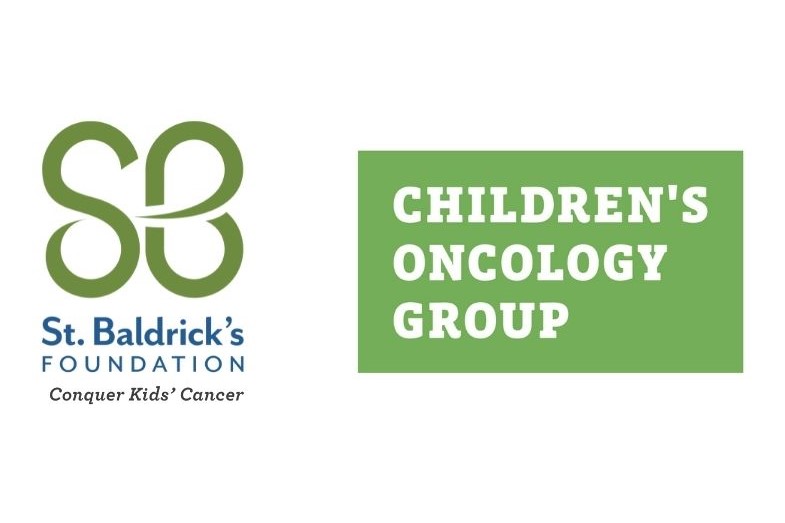
Dramatic Progress for Medulloblastoma Patients
Want to know how St. Baldrick’s donors are the saving lives of kids with a common brain tumor? This isn’t just an example of progress – it’s the biggest increase in survival rates many researchers have ever seen from one clinical trial! And that trial was supported by St. Baldrick’s.

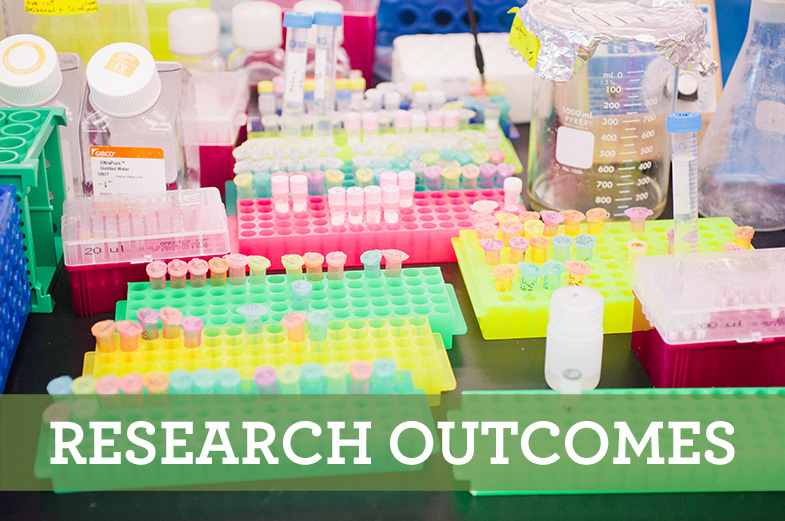
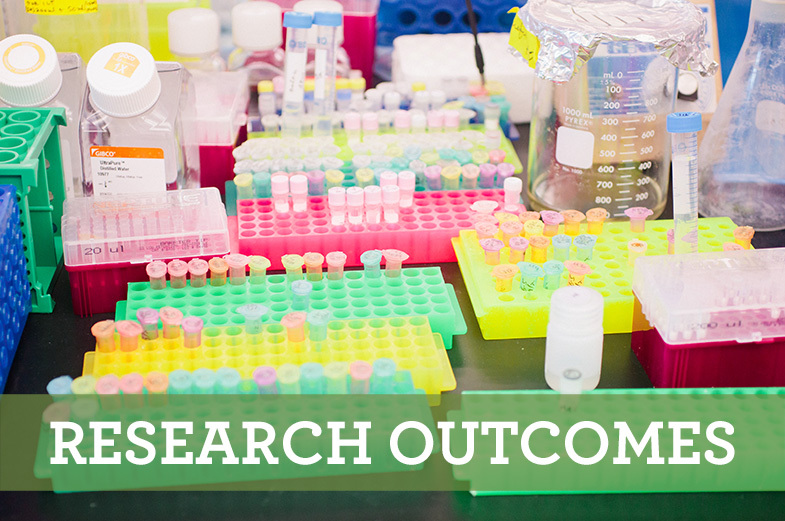
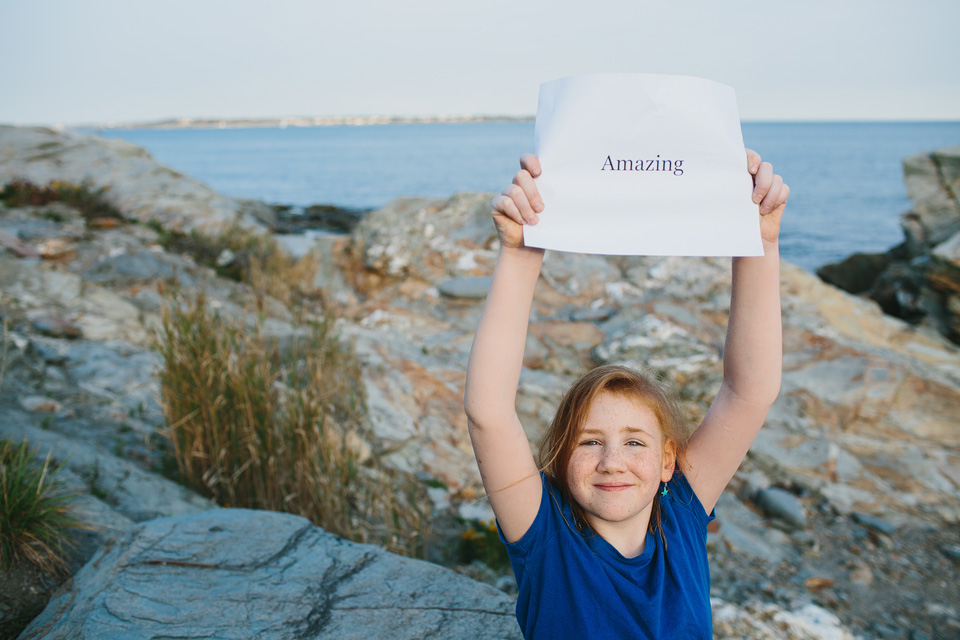
 SBF
Tweets »
SBF
Tweets »